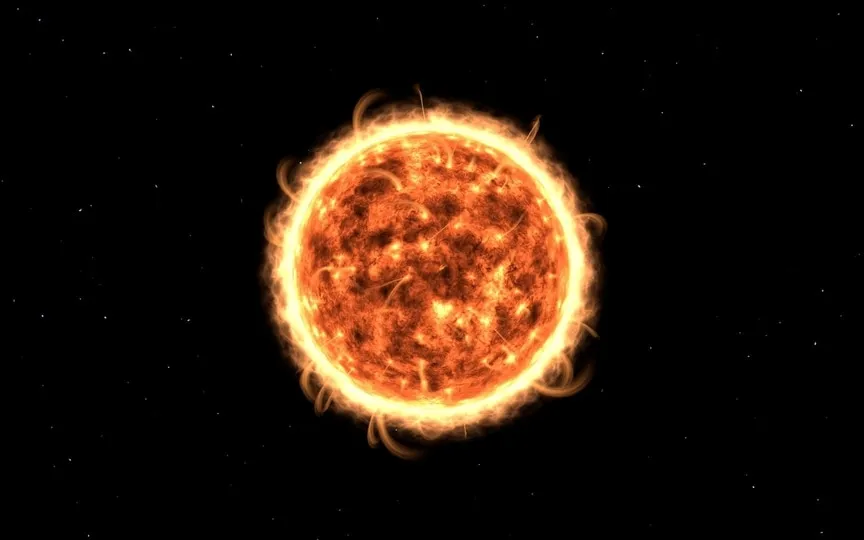Earth experiences intense G4 Geomagnetic storm, potential for radio blackouts and auroral displays due to solar storm
The National Oceanic and Atmospheric Administration (NOAA) has issued a warning about a strong G4 geomagnetic storm that occurred on Sunday, which could lead to disruptions in radio communications. The NOAA reassured the public that although the storm’s intensity may vary, there is no need to panic. It is recommended to stay updated on the storm’s development by visiting the NOAA’s website.
NOAA’s alert urges infrastructure users to take mitigation measures against potential impacts, including increased voltage control issues and potential impacts to satellite operations. G4 on NOAA’s 5-point scale, the storm’s severity reached earlier than expected, reaching its threshold at 16:28 UTC.
Possible impact on communication systems
Jonathan Lash, a forecaster at the center, highlighted the potential impact on high-frequency radio transmissions, especially those that are crucial for aircraft to communicate with distant traffic control towers. Although most commercial aircraft have satellite transmission as a backup, satellite operators may face challenges in tracking their spacecraft, and power grids may experience induced currents on their lines, albeit at manageable levels.
A chance to watch the sky in the middle of a storm
Lash also pointed out a silver lining for skygazers, especially those at higher latitudes,
suggests that clear night skies during geomagnetic storms provide an excellent opportunity to see the Aurora Borealis lighting up the sky.
Geomagnetic storms like this one can create dazzling Aurora Borealis displays in the Northern Hemisphere. Before the storm’s arrival, satellites detected solar flares and coronal mass ejections radiating from the Sun on Friday, contributing to atmospheric disturbances.
What is corona mass removal?
For those unfamiliar with coronal mass ejections, NASA describes them as massive bubbles of coronal plasma driven by strong magnetic fields that are ejected from the Sun over several hours. Phenomena resembling twisted ropes are often associated with solar flares or explosions on the surface of the Sun.
The severity of the G4 geomagnetic storm underscores the importance of preparedness and vigilance in space weather monitoring, ensuring minimal disruption to vital communications and infrastructure systems.




